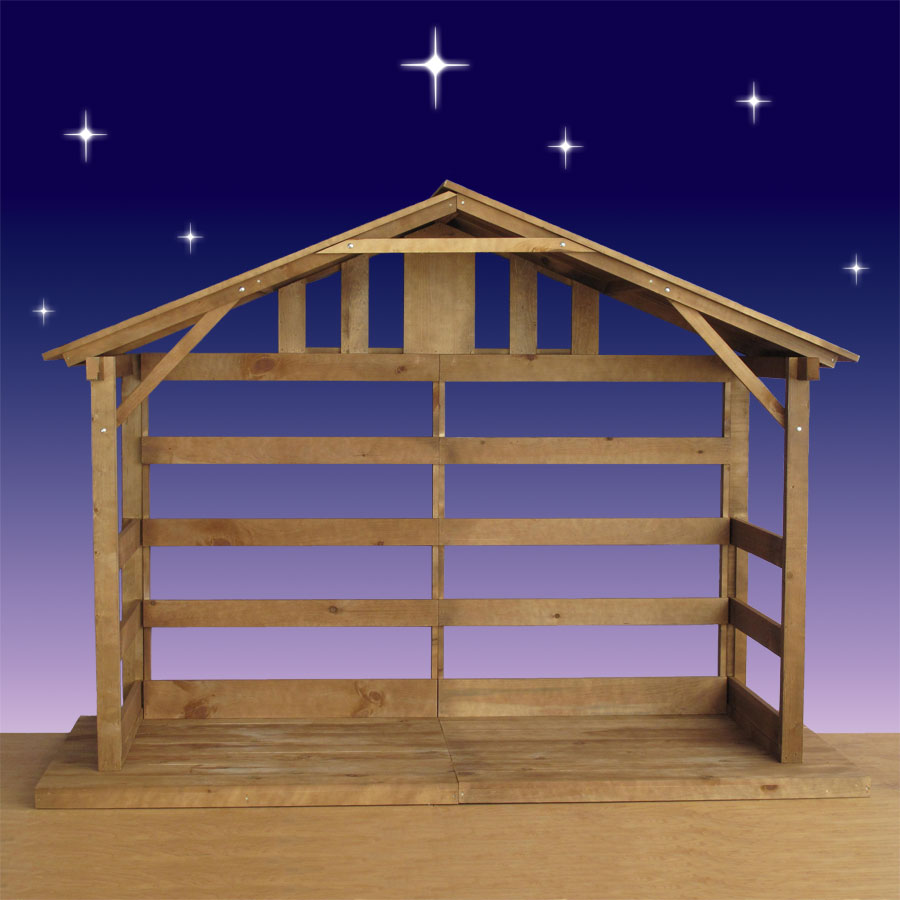Why Decorating Food Boosts Your Dining Experience

When it comes to dining, the aesthetics of the meal can be as impactful as its taste. Decorating food not only elevates the visual appeal but also enhances the overall dining experience. Whether you're hosting a dinner party, cooking for your family, or even dining out, understanding the art of food presentation can transform an ordinary meal into an extraordinary feast.
The Art and Science of Food Presentation

Food presentation combines both art and science. It's an intricate dance between:
- Visual Appeal: The first bite is with the eyes, and well-presented dishes can entice the eater even before they take a fork.
- Functionality: Arrangement should facilitate eating, making the dish both beautiful and practical.
- Psychological Impact: Presentation can influence how we perceive flavors, enhance satiety, and even impact digestion through visual cues.

Elements of Food Presentation

Creating an eye-catching plate involves several key elements:
- Color: Use a variety of colors to make the dish pop. Contrasting colors can make individual components stand out.
- Texture: Different textures create depth and interest. Combine crispy with smooth or rough with tender.
- Layout: The placement of each food item should tell a story. Use heights and layers to guide the diner's eye through the meal.
- Garnish: Thoughtful garnish adds the final touch, but it should enhance, not overwhelm, the dish.
- Negative Space: Just as in art, the space around the food is as important as the food itself.
Benefits of Food Decoration

Decorating food goes beyond making it look good; here are some tangible benefits:
- Increased Appetite: A beautifully arranged plate can stimulate appetite, encouraging diners to eat more.
- Enhanced Taste Perception: Studies show that visual cues can affect how we taste food, often making the flavors more pronounced.
- Social Media Appeal: In the age of social media, food presentation is vital for sharing pictures online, boosting your dining experience to a wider audience.
- Appreciation: Showing care in food presentation can make diners feel valued and appreciated, enhancing their overall satisfaction.
How to Start Decorating Food

Here are steps to get you started on food decoration:
1. Plan Your Presentation

Before cooking, visualize how you want the dish to look:
- Sketch or write down your ideas.
- Think about color combinations, textures, and plate shapes.
2. Use Tools and Techniques

Enhance your presentation with:
- Piping Bags: For intricate designs or dollops of sauces and creams.
- Edible Flowers: Add beauty and flavor with edible petals.
- Molds and Rings: Shape foods into unique forms or use for layering.

3. Play with Heights

Create interest by:
- Using vertical elements like skewers or layered ingredients.
- Placing some foods higher than others with risers or stacked plates.
🍽️ Note: Always balance your use of height. Too much can make the dish hard to eat or even unstable.
4. Balance Flavors and Textures

Ensure:
- Each component complements the others, both in taste and texture.
- The meal feels well-rounded and satisfying.
5. Practice Makes Perfect

Improve your skills through:
- Taking inspiration from cooking shows and gourmet blogs.
- Experimenting with different ingredients and techniques.
Final Reflections

Decorating food isn't just about making a meal look good; it's about crafting an experience that encompasses all the senses. It shows respect for the ingredients, the labor that goes into preparing them, and the diners themselves. This attention to detail can lead to:
- A heightened sense of occasion when dining.
- An increased appreciation for culinary arts and the presentation of food.
- Creating memorable moments at the table, where the visual appeal of the food enhances the flavor and the overall dining experience.
Does food decoration really affect taste?

+
Yes, visual cues from food presentation can influence how we perceive flavors, enhancing taste through psychological expectations.
What are some simple ways to start decorating food?

+
Begin with basic techniques like using herbs for color, sauces as an artful drizzle, or arranging ingredients in a pleasing pattern. Use tools like piping bags, molds, and edible flowers to elevate your presentations.
Can food decoration be too much?

+
Yes, there can be too much decoration. Overdoing it can make the dish impractical to eat or distract from the flavors. Balance is key to ensure the food remains the star of the show.



